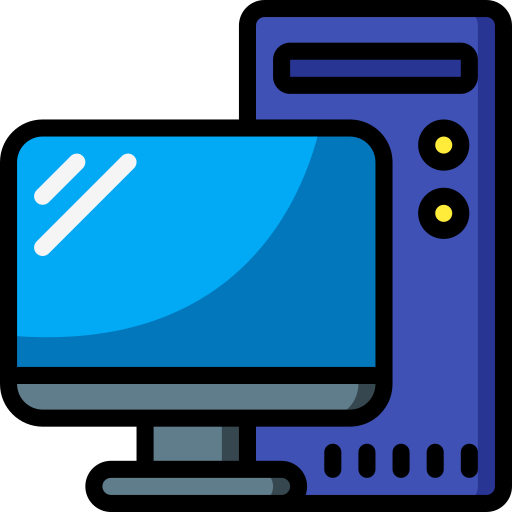Mooching off this other post
Primary question: What do people do for their reverse proxies (and associated ACME clients)? Do you have a single unified one? Or do you use separate proxies for each stack? Or some mess in between?
My use case question: For example, I have a (mess that is a) Nextcloud instance with a separate stack with nginx and ACME, a SearXng that wants to run caddy (but has shoved into the nginx).
But now I have a Lemmy docker that has a custom(?) nginx instance, should I just port it to my existing nginx or run them side by side?



I also run Traefik and it never stutters. But getting it set up at ALL was a chore. I tried four times and failed. Each time I spent several days full time on it. It’s not that I skipped the docs, I actually am a RTFM kinda guy. But too much was implied in the docs and I never really felt like I knew why I was doing stuff. At least for me it was harder to set up than Nextcloud, Jellyfin, Gitea, Resilio and Vaultwarden COMBINED.
Some settings only work in a static config file, others in a “dynamic” config file and then there is container-specific labels too. It all needs to fit in with each other and error mesages were of course hidden away in docker logs. You can attach labels to containers with and without escaping them, and choosing wrong sends you down several rabbit holes at once. The config structure is probably intuitive to Go devs, but that really ain’t me. Oh, there’s also 3 different but equal formats for conf files too.
I read countless guides and it finally worked on attempt 5. All just because I liked the autoconf for all containers. I could have been done with reverse proxies within a day had I just chosen a different one.
Now I am even debating wether I should keep it at all, because I’d rather not mount the docker sock into my reverse proxy, the one software that ultimately connects to the web directly.
You don’t have to if you use the dynamic file config. I’ve mentioned this before and debated to the ends of earth for even suggesting such a thing. But it all aspects is dynamic file configuration better.
Of you use IaC in your set up, it gets even easier because then you can just set up templates that automatically create file configs and add them to your reverse proxy seamlessly.
Right now with one Terraform apply, I create my docker container, traefik config and my homepage service.
I’ll have to look into using dynamic file configuration more heavily then. But how do you personally set up networking, if traefik doesn’t handle it all for you? Can you just tell traefik the container name from docker-compose in the dynamic file config? Also, what is IaC? Cause it sounds great.
IaC stands for infrastructure as code.
Traefik’s dynamic file config just scans a folder for .yaml files. So i just generate a file automatically with the container’s network address and copy the file into traefik’s folder.
Traefik just looks for the container address in the file (either IP or container name). The files are basically the yaml version of the docker label.
Yeah, this experience with Traefik lines up pretty well with mine. It can be a steep learning, and the fact that half the search results out there are for Traefik v1 (with a completely different configuration syntax to v2) doesn’t help. But once it’s up and running, the dynamic configuration based on container labels is pretty darned nice.
You could switch to Podman, in which case you’d give it a non-root, read-only socket that isn’t the keys to the kingdom. Or maybe rootless Docker would be an easier switch and still give you some of those benefits.
Podman is on my todo list! I like the ideas behind Podman and because I am already familiar with docker containers, I hope that I can transfer most of my stuff over almost pain free. But I heard the linuxserver.io images are unsupported on podman/rootless docker and might give me trouble. We’ll see!
On the other hand, I have recently fallen in love with NixOS and would love to consolidate on a common Nix config for all my servers, Raspberries and maybe eventually desktops. It’s the perfect time to try out podman!
I don’t know about pain-free. :D See my earlier post on the topic: https://lemmy.world/post/213870
But it might be worth it anyway depending on your needs! Trying out NixOS sounds cool though… I’ve been meaning to look into that.